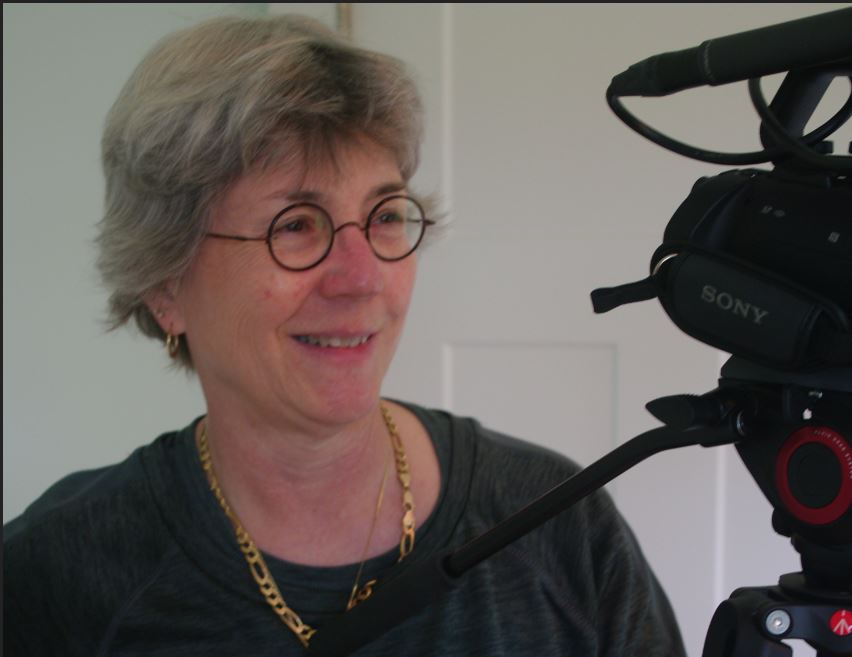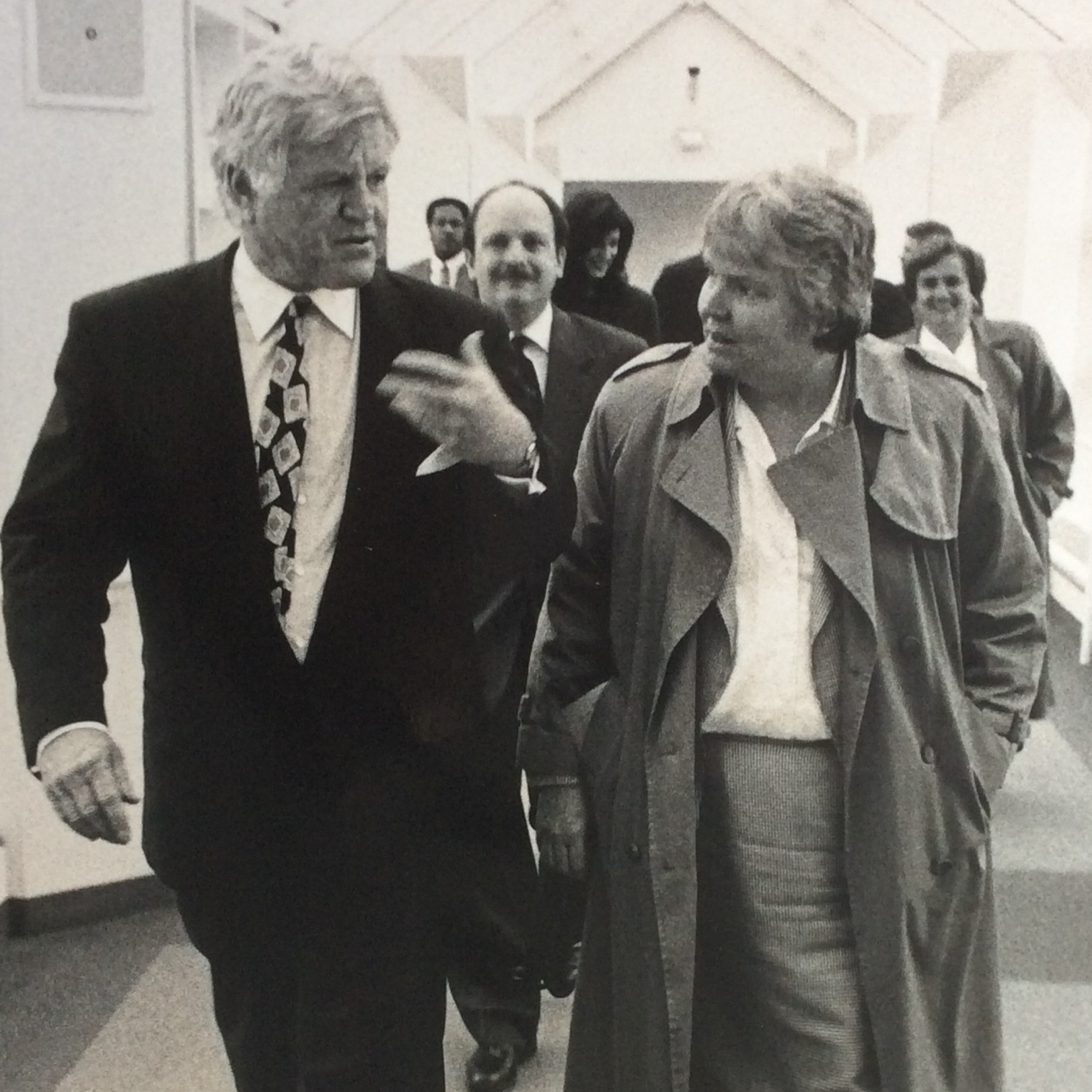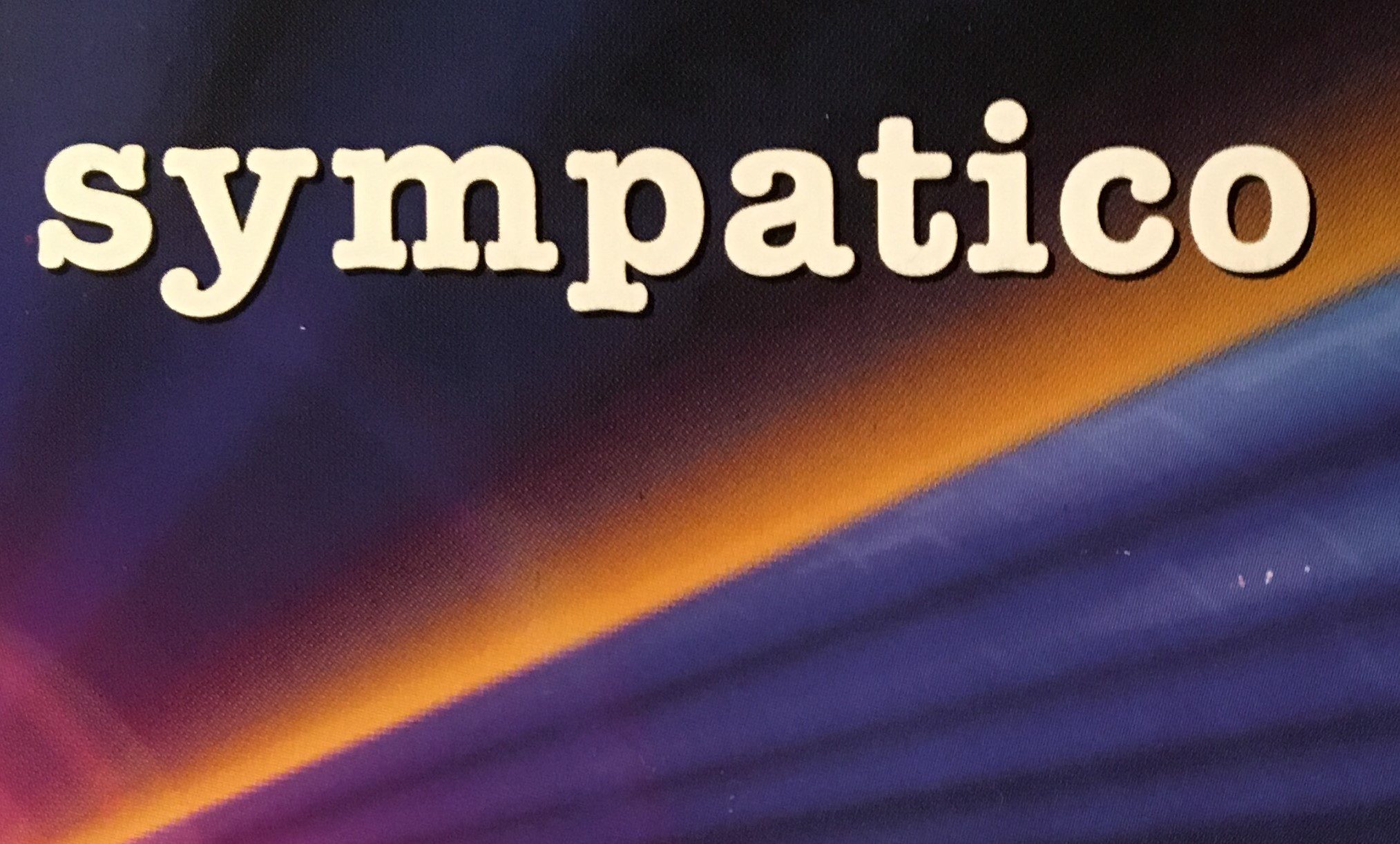What is the essence of an organization? In nearly all cases it is the people. It is for this reason that the first thing, the one thing that will make all else in the institution better, that the leaders of an organization must consider paramount, is hiring. Probably few would disagree with this statement, but what does it really mean at a deep and detailed level?
First and foremost, it means hire for character, teach skills. It never works the other way around. Second, it means that the leaders of an organization must know intimately who they are, what the institution stands for, and what characteristics in staff members will best embody that. Third, it means remove all impediments, at whatever level they reside, to getting exactly those traits in your employees.
In public educational systems, districts and schools, the laws governing collective bargaining deliver us a construct in which teachers who achieve professional status are protected by a complex set of procedures and processes that can sometimes make it very difficult to remove a teacher from the system, except for egregiously bad behavior. This is true in many business environments as well.
This structure, in which we are powerfully united with individuals, often for decades after they have passed the probationary period, makes it utterly essential that we hire well, for characteristics that will be supportive and nurturing of the organizational mission for the long term. This is not to say that the quality of hiring isn’t equally vital in all organizations, even in areas of the private sector, where it is easier to undo a hiring decision that isn’t meeting needs as intended. The time and money invested in the recruiting, orientation and training of an employee make it important that those decisions are as strong as possible to avoid wasting resources and time spent on tasks by people who aren’t doing them well. A less than superlative hire can do much damage to the image, and impact the high functioning, of an institution with implications for the long term even after that person is replaced.
A key preliminary step is to have a vision of what the organizational mission is. Those charged with hiring have to know this with absolute clarity. In our case, our mission is to provide children, from pre-K to senior year, with the finest possible education. This education includes a variety of subjects from English Language Arts, math and sciences of many types, engineering, and technological literacy, to music and art and cultural competence. It also includes the ability to communicate, orally and in writing at a high level, poise, confidence, social skill and emotional and physical health. We have examined this mission and translated the elements into a set of characteristics that we want to be intrinsic to the people delivering it. We must know what these characteristics are, and we must understand how to elicit from our candidates whether or not they embody them. It is in these last two steps that thinking must be applied, because rarely are they known by instinct or happenstance.
Our leadership team has from time to time sat around a table for the sole purpose of determining these things. The people charged with our mission must be intelligent, confident, and moral. They must be particularly conversant with their subject, and they must love it. They must like students, truly naturally like them. They must be able to respect their students and their students’ intelligence. They must exhibit a can-do attitude, and approach every issue, in the school, and in their class room with the question “How do we get it done?” Never, ever, “can we do this?” They must be loyal and believe that teaching is a calling for them, something they would be doing whether they were getting paid for it or not. Our teachers should model character and behavior that students will benefit from emulating. We want the person to be a lesson, as well as the holder of content that they open to their students, conjuring wonder and excitement in the process.
Getting this list of characteristics clarified is vitally important, and requires some reflection. Those are our requirements, but other organizations, including other school systems may have a different list because their mission speaks to somewhat different issues and priorities.
So, once you have a list, how do you sort through the applicants to determine whether they have the characteristics that you require? I have at times included a psychologist in the hiring teams to help the group identify personality or character disorders that can be hard to detect without training. Someone highly presentable to untrained staff may be effectively masking characteristics, even sociopathology, that a mental health professional might be able to pick up.
It is important for the team to understand that hiring is a very relationally based activity. We all bring our own upbringing, experience, and emotions into an interview. Each person on the hiring team must possess the self-knowledge to consider what they are bringing into the room, and how it might affect hiring decisions. A person with a strong rescue fantasy, for instance, might see potential in someone: the way they could be someday; and hire this person out of a desire, perhaps unconscious, to help them actualize this potential. The organization may need someone in the job who is fully able to perform at a high level right now. And some people never reach the potential they have. The more mindful we are of the emotional and experiential history that we bring into the interview room, the more likely we are to be able to make decisions that honor those things, but are not unconsciously bound by them.
The top people in any organization, those who put other hirers in place must have the utmost vigilance and self-awareness in their hiring practices: superintendents who hire principals are an example. I tell my principals more than they care to hear it that their hiring is their legacy. I have observed with interest that the faculties of certain schools have a collective personality shared by the staff. In one case that commonality was one of boundless energy for the work, great dedication, positive attitude, and motivation to solve problems, informed by an immutable belief that this was possible. In another it was a low effort, low hope, low faith mentality that was palpable, and the students efforts reflected it, as they inevitable must. I knew both of the principals responsible for the majority of hiring in these buildings, and with a clinical eye could see how the personality of the teacher group had a clear nexus to the principals’ psychological makeup. Open eyed examination of one’s emotional baggage, sometimes through the enlistment of professional help in this area, can mediate the tendency to choose the people you gather around you in a maladaptive way. Putting together a team of very diverse personalities can also contribute to this goal. A group of people with multiple complimentary skills and backgrounds can insure that no one person’s set of limitations will be the dominant factor.
It is the case that our current technique for the vast majority of hiring, the interview process, is a very deeply flawed way to hire candidates. This is true for complex high skill jobs, but even in the case of relatively simple positions, a person’s ability to present well in the interview format is no indication of competence in the job. The ability to engage an individual or group in a conversation successfully, while a valuable skill in itself, can be entirely unrelated to the tasks of the position. Even if it is among the talents sought, it is often woefully insufficient. It is for this reason that we have instituted a model lesson requirement for teachers, and a site visit procedure for administrative jobs.
The model lesson gives the prospective teacher a chance to show what they can actually do in the classroom and it is a clear indication almost immediately of whether the person has content knowledge, poise, comfort and even joy in the setting. It is also possible to determine with little doubt if the prospective teacher has classroom management technique, an essential quality in a successful teacher, and one that an interview can never elicit.
There are different philosophies about site visits. Some districts send the candidate to multiple interviews with stakeholders in the hiring district, and see if the stakeholders respond positively to the person. While useful, this provides the candidates with multiple interviews, and if they are good at one they tend to be good in all of them. By having them demonstrate this several times you see the skill at length, but not the breadth of skills. The site visit at the candidate’s work place, on the other hand, gives the hirers a chance to elicit information about the candidate’s actual job performance. If the hiring team is patient and contains adept investigators, much information can be gleaned from conversations with the person’s current colleagues.
Deep reference checks, meaning questioning employers from several of the candidate’s former positions, not just the last one or two, can provide perhaps the most telling information. This is a step in the process that should be approached with the utmost patience and attention. Even if a candidate dazzles the entire team, the phone reference calls should never be viewed as a formality. Many charismatic individuals have some very limiting traits that become apparent after the lights in the interview room are turned off.
Of course all of the legal requirements that apply to hiring must be scrupulously followed. The paper screening must be consistent for everyone, with all candidates rated by the exact same standards and rubrics. Meticulous paper records must be kept so that all candidates get a completely fair shot. The interview process and questioning must be the same for everyone. All inappropriate and illegal discrimination must be avoided, and this must be provable throughout the process for the protection of the organization and all of the people who approach it seeking a place. But you can do everything right from the legal standpoint and still that process may not yield the level of organization to which you aspire.
A complete and thorough examination and understanding of the organization’s mission, even if it takes a facilitated conversation to explicate this, and a deep self awareness on the part of those charged with hiring are even more essential. The process of creating the list of characteristics in a person that are most likely to result in the behavior that supports your organization’s goals is a complex one and requires time and thought. A hiring process that yields the people with those characteristics is an essential complement, without which your carefully crafted list is simply an ornament.
Know the organization at its core, know what the people who embody it must be like, know yourself enough to know your strengths and limitations in the process, and compensate for those limitations. Look for genuine character, and teach the specific job skills if necessary. Craft a process that will yield the right candidates. Make it well written, complete, and clear for the hiring sources. Your organization will be more likely to be staffed with people who represent its values, and you increase the chances of a legacy that will endure.





